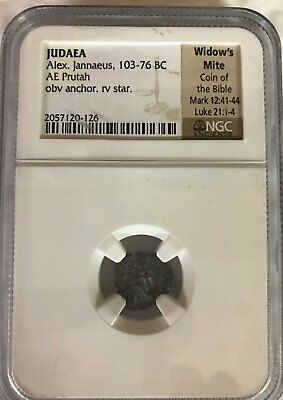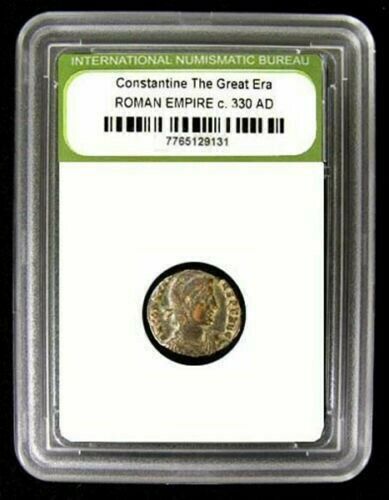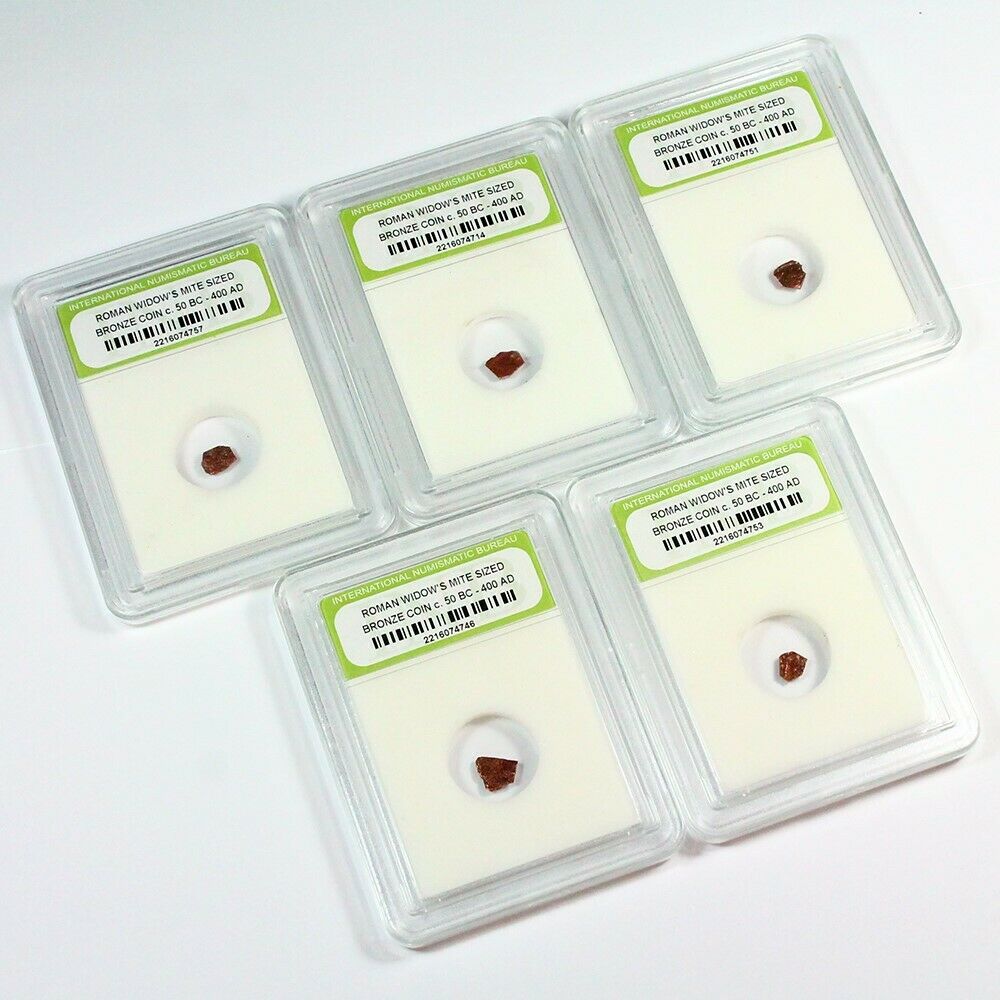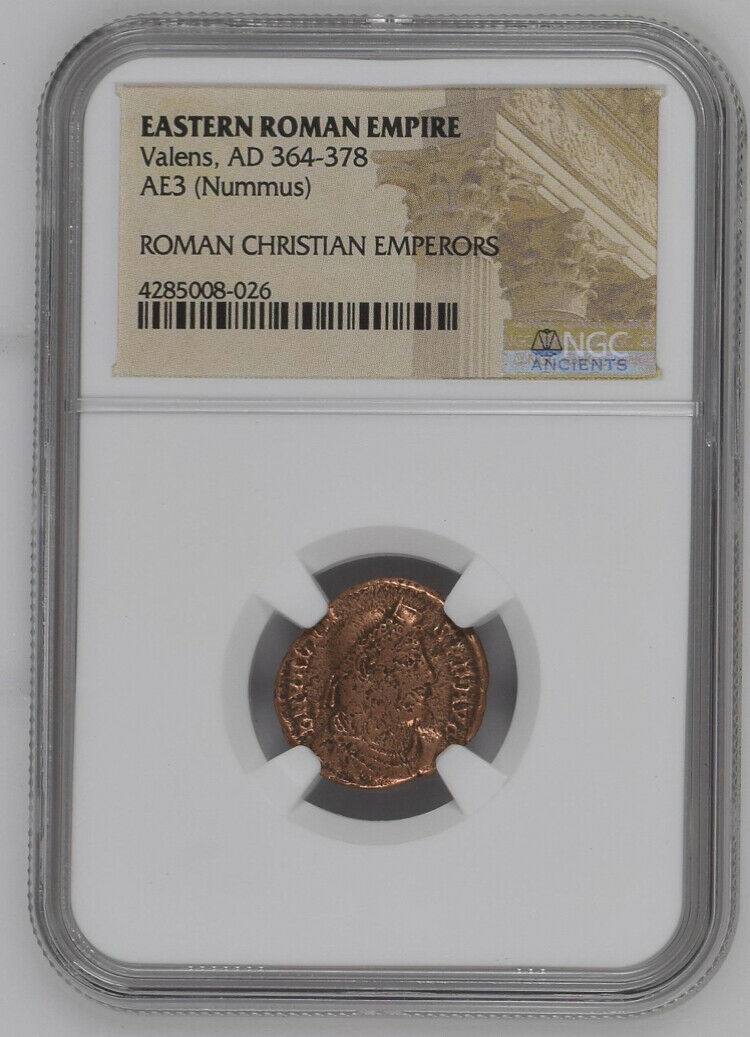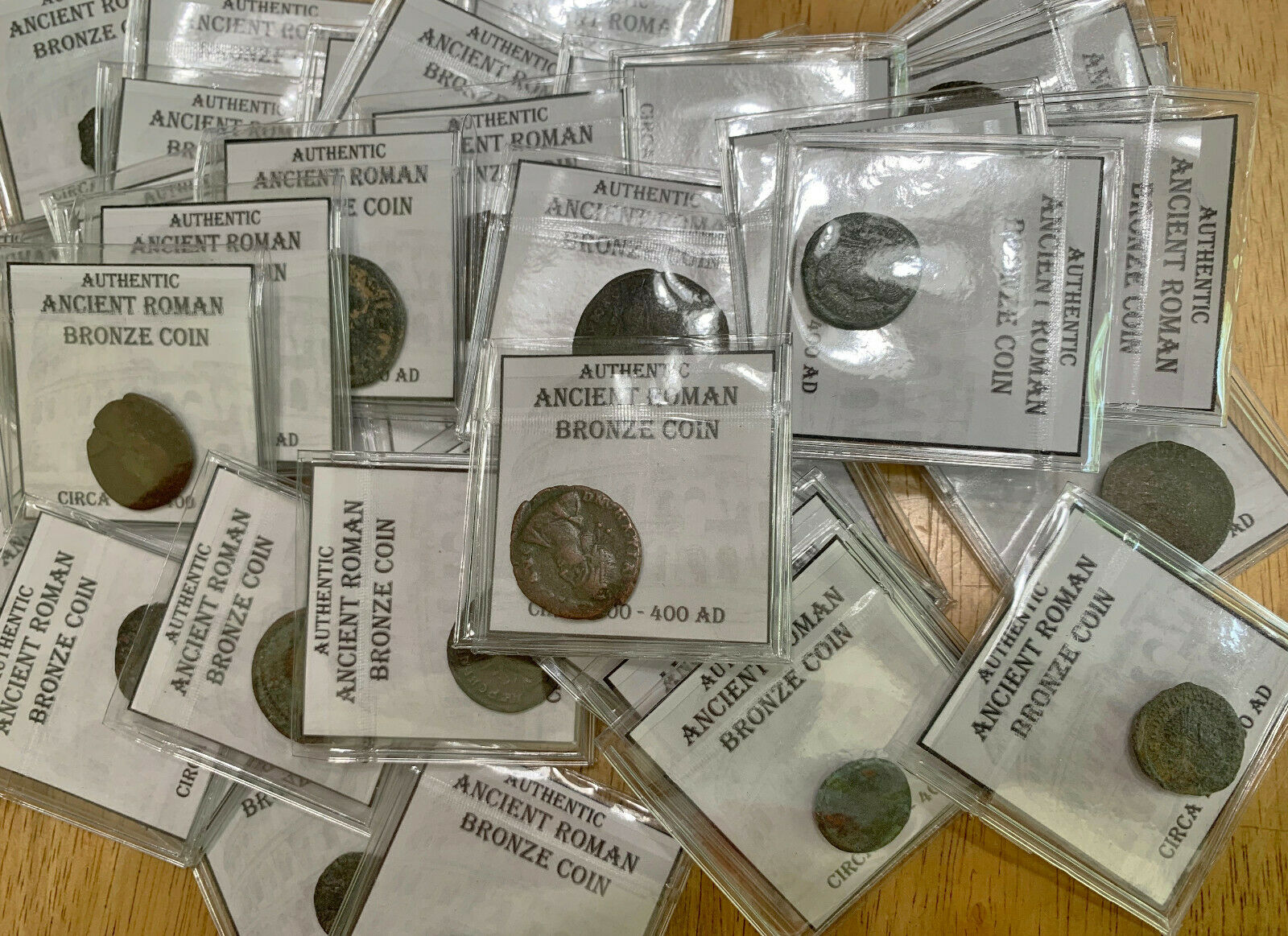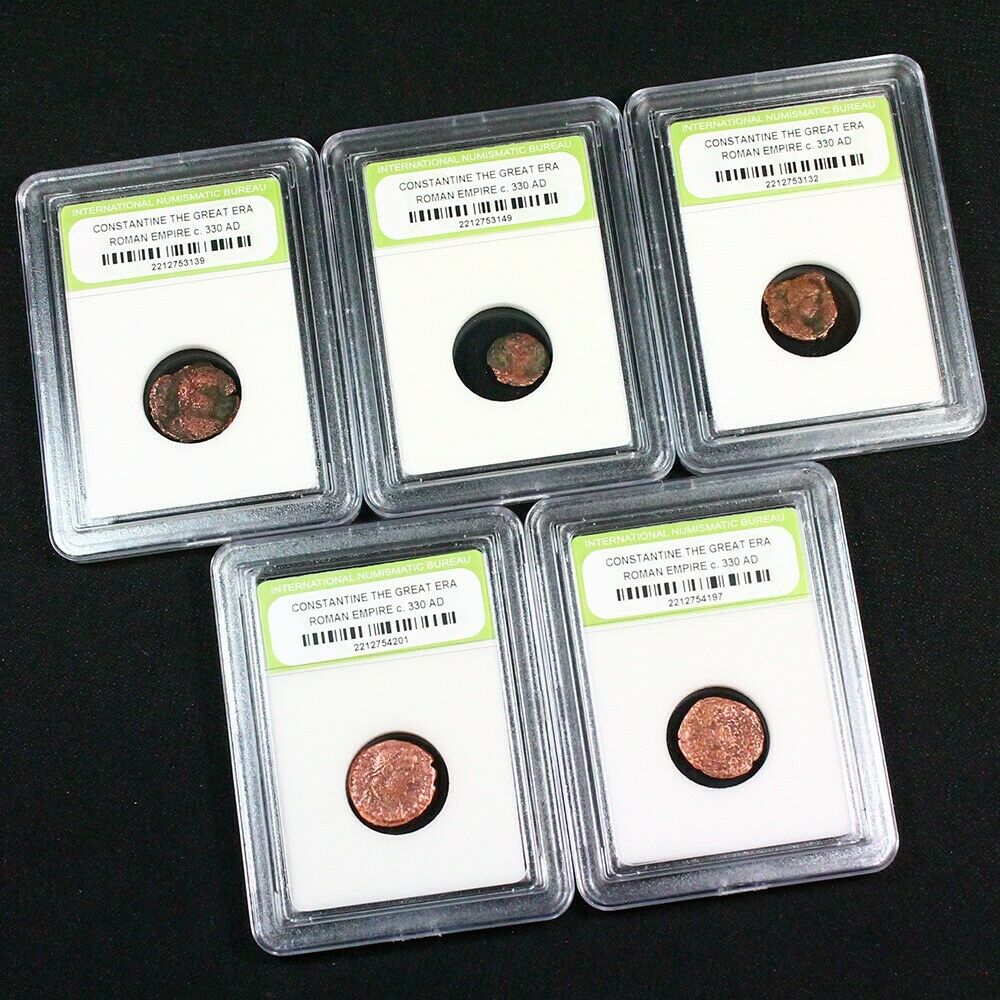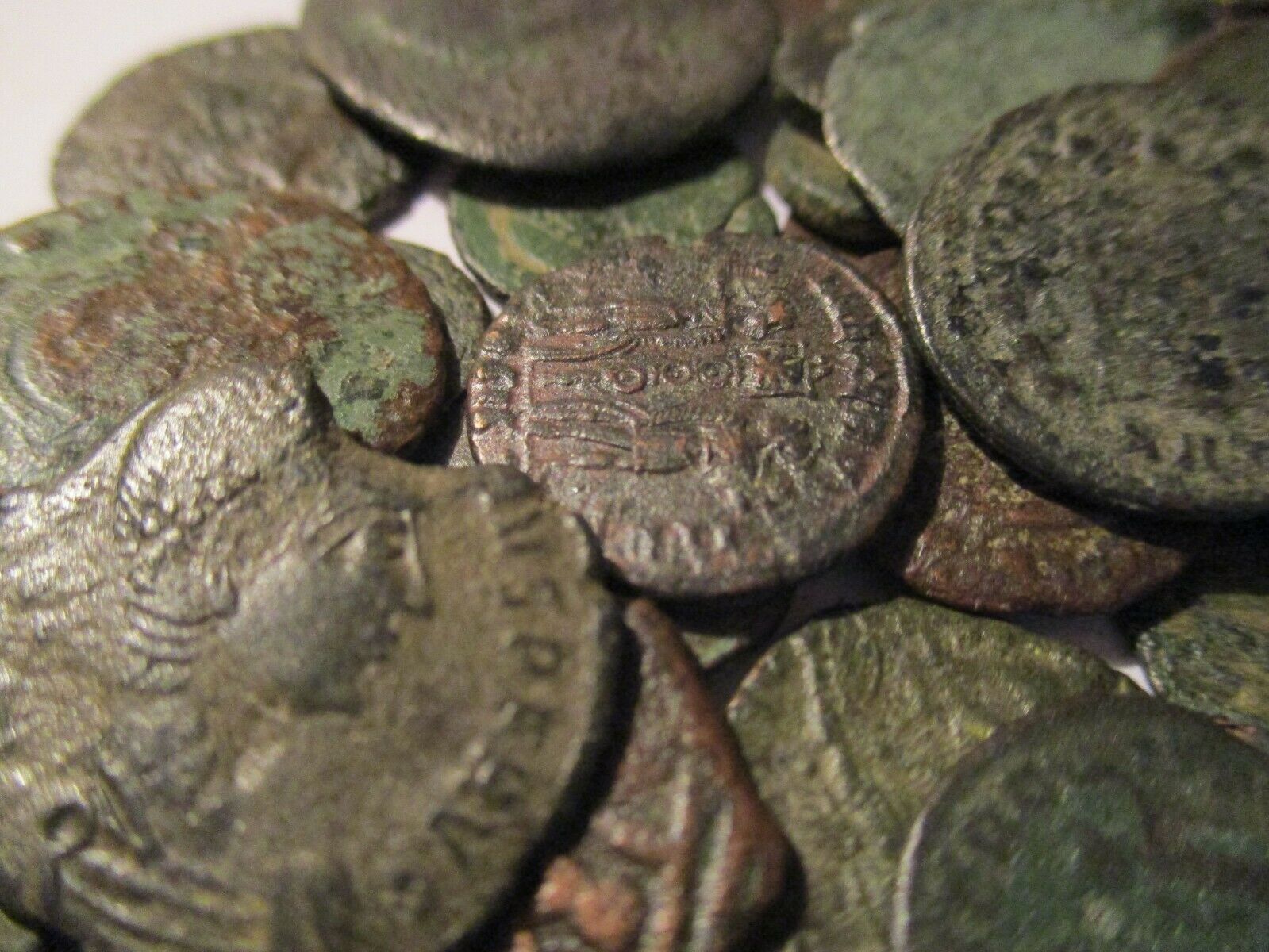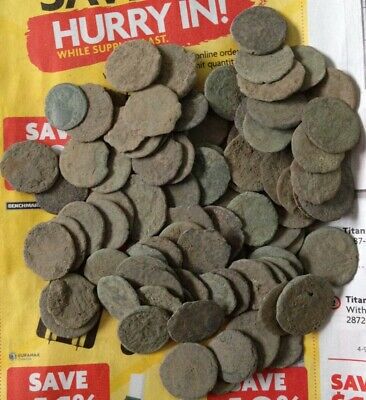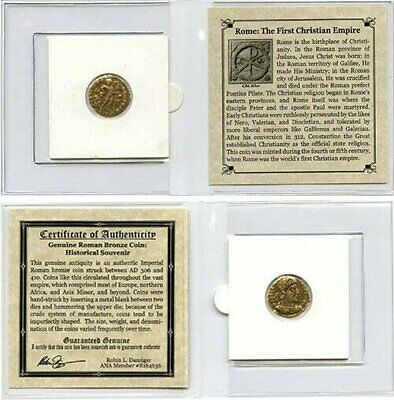-40%
Widows Mite Ancient Coin NGC Certified Authentic Grade A High Quality!!!
$ 31.67
- Description
- Size Guide
Description
Widow's Mite Ancient Coin NGC Certified AuthenticThe Widow's Mite 2000 year old coin
The Famous "Widow's Mite, Judean bronze lepton of King Janeaus, minted ca. 100 BC. Mentioned in New Testament books, Mark and Luke, in the famous parable about a poor widow praised by Jesus for her charitable contribution of "two mites...all she had".
Coin comes in plastic slab certified as authentic from NGC. Each purchase is for ONE coin. They are hand struck and crudely made. Often the image will be off center. This adds to the historical interest of the piece!
**Wholesale Pricing Available**
Twice in the Gospels, in Luke and Mark, we hear the Parable of the Widow’s Mites—a tale of charity and humility told by Jesus in the last days of His life.
After three years of itinerant preaching in the lesser cities of Galilee and Judea, Jesus has brought His Ministry to the City of David. Once arrived in Jerusalem, the hub of Jewish life and the capital of the Roman province of Palestine, there will be no turning back. In a week’s time, He will be crucified.
Jesus is preaching in the Temple, which represents both the city’s religious center and its business district. On the Temple grounds, goods are bought and sold, money is changed, and taxes are paid. Jesus watches rich men in flowing gowns put pieces of silver into the treasury—generous offerings to the Temple. Then he watches a woman, a certain widow, deposit two “mites” into the till. He observes that “this poor widow has put in more than all those who have given to the treasury; for they all put in out of their abundance, but she out of her poverty put in all that she had, her whole livelihood.” (Mark 12:41-44). The parable, repeated in Luke 21:1-4, is understood to both extol the virtues of charity and impugn the vices of avarice. As Jesus remarks in Matthew 19:24, “it is easier for a camel to go through the eye of a needle than for a rich man to enter the kingdom of God.”
Mite
is the 1611 King James translation for the Greek
λεπτον
, or
lepton
. The “widow’s mites” mentioned in the Scriptures are thought to have be either leptons or perhaps similar, slightly larger variations called prutahs. These tiny bronze coins were the smallest and lowest denominations that circulated throughout the Holy Land during the lifetime of Jesus Christ.
The most common of these types were struck during the reign of Alexander Jannaeus, one of the last Jewish kings before the Roman annexation of Judaea. Most leptons and prutahs were very crudely made, usually off center on irregular flans. The resulting coins frequently show minimal imagery. Both the leptons and prutahs are called star-anchor types; one or both sides will often show partial images of an anchor and/or a six or eight-pointed star. The anchor design was adopted from the Seleucids, who used it to symbolize their naval power. The star, with or without a surrounding circular diadem, symbolizes Heaven.
